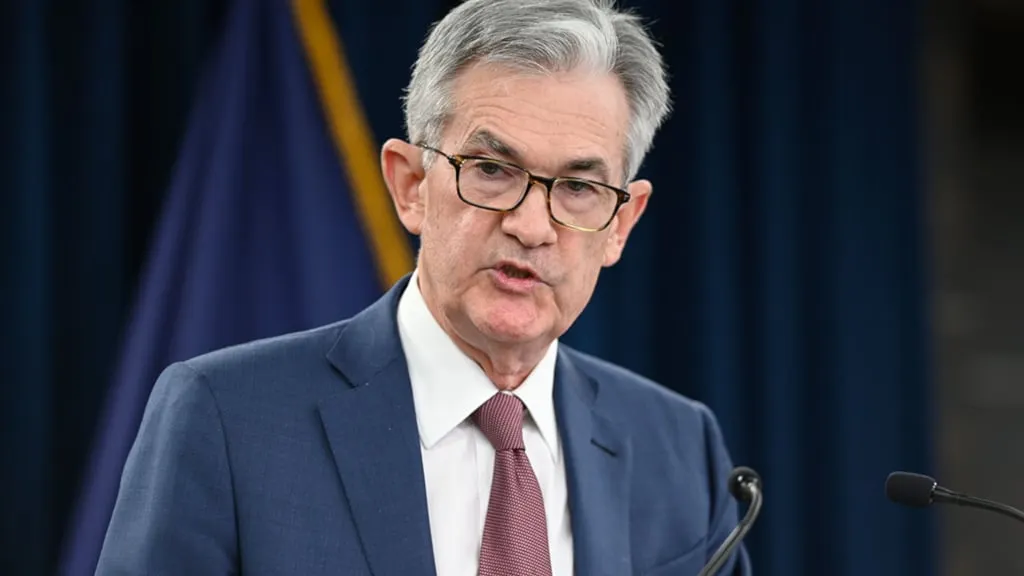The price of Bitcoin turned lower Monday as Federal Reserve Chairman Jerome Powell indicated that central bank policymakers aren’t eager to slash borrowing rates.
Speaking at a conference held by the National Association for Business Economics, Powell discussed how the U.S. labor market has remained solid as inflation cools. He also suggested that a repeat of this month’s jumbo-sized rate cut shouldn’t be expected at the Fed’s next two meetings.
“This is not a committee that feels like it's in a hurry to cut rates quickly,” Powell said during his appearance’s question-and-answer portion. “Ultimately, we will be guided by the incoming data.”
The U.S. central bank embarked on its long-awaited easing campaign earlier this month, lowering its benchmark borrowing rate for the first time in four years. After holding rates steady at a two-decade high for over a year, an initial cut of 50 basis points reflected a big move.
Lower borrowing rates typically bode well for risk assets like stocks and crypto. And Bitcoin’s price has climbed 7% to around $63,750 since September’s cut. But Powell pointed to projections released alongside September’s cut that entailed relatively moderate reductions.
“If the economy performs as expected, that would mean two more cuts this year," he said, adding the federal funds rate would be "50 basis points lower" by year’s end.
Meanwhile, Fed futures traders tilted toward a 25-basis-point rate cut at the Fed’s October meeting, as those odds strengthened to a 65% chance from 46% the day before, according to the CME Group’s FedWatch Tool. At the same time, financial-market participants favored a target range of 4.00% to 4.25% after December’s meeting, 75 basis points lower than now.
The Fed’s preferred inflation gauge came in softer than expected Friday, as the personal consumption expenditures (PCE) price index increased 0.1% in August. Showing a 2.2% rise over the past year, the reading came in not far above the Fed’s 2% target.
In a note to Decrypt, BRN analyst Valentin Fournier wrote that the PCE reading “support[ed] expectations” for a 50 basis point rate cut at the Fed’s next meeting. Still, “the full impact of the recent rate cut will be analyzed over the next few months,” he wrote.
The cautious sentiment was echoed by Powell himself, who said Monday that policymakers’ base case is that easing will be “a process that will play out over some time, [and] not something that we need to go fast on."
The U.S. central bank has tried to position the economy for a so-called soft landing, where inflation falls without a steep rise in unemployment. Even though the Fed has gained greater confidence in that, Powell said the central bank is ready to adjust in response to readings.
“If the economy slows more than we expect, then we can cut faster; if it slows less than we expect, we can cut slower,” he said. “We will do what it takes, in terms of the speed with which we move.”
Edited by Andrew Hayward

